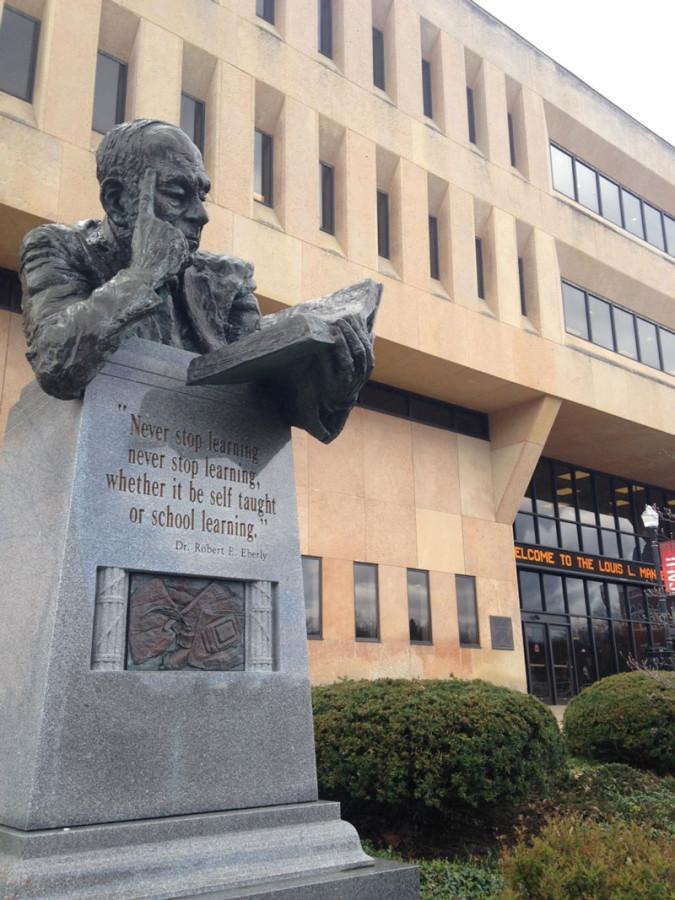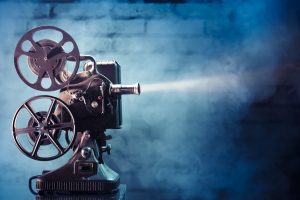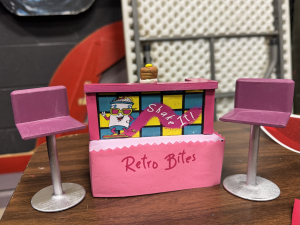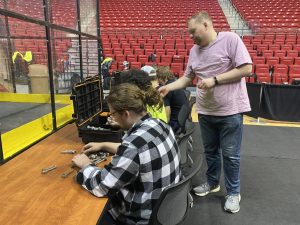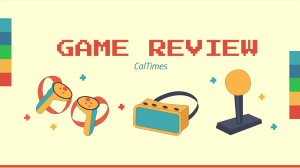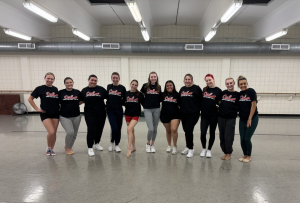The Great Equalizer: The Library
Cal U students, and athletes struggle to access the Manderino Library because of current hours
April 1, 2016
Last summer, I watched scores of people crowd into San Diego Central Library daily with bags full of their belongings. I distinctly remember an elderly woman’ request for help with an online application for a job at Sea World. “There are no computers where I come from,” she told me, “They don’t teach you to use them in prison.” Every patron had a unique struggle. When the library was open, each of its nine floors quietly buzzed with humanity. After its doors closed, tents appeared on the surrounding sidewalks. From San Diego, California to California, Pennsylvania, the library opens the gates for opportunity to knock; it enables education – in Horace Mann’s words, “the great equalizer.”
Downtown California houses many commuter students. My upper-level apartment is home to several of them, each of whom work at least 20 hours per week while maintaining fulltime enrollment at California University of Pennsylvania. The apartment’s plumbing has been off limits for the greater half of the week, but the student residents have a much more serious problem: access to academic resources.
One of my roommates, Rich Mandus, is a biology pre-med major who spends a great deal of time studying for his classes. His flashcards sometimes lay askew on the kitchen counter. During the library’s daytime hours, Mandus uses the library’s resources to make notecards and study guides and to read. As a Pittsburgh IKEA employee, he regularly leaves work around 10 p.m. After his one-hour commute, the library closes. Mandus tells the CalTimes, “When I work evenings, I have no access to the library, and I would like to.”
Another roommate, a former NCAA athlete, transferred to Cal U from York College of Pennsylvania. Without a laptop, he often finds himself looking for a computer to access online quizzes and discussion boards. The Manderino Library’s hours determine when and how often he has computer access. Every Sunday, his 8-hour work shift aligns perfectly with the library’s hours, so he prefers to study on Saturday. This roommate, computer science major Landry Badman, tells the Cal Times, “I do my best studying from 5-8 p.m., and on Saturdays, I’m not blessed with that option.”
Bree Opalenik, one of Cal U’s competitive cheerleaders, shares the apartment as well as the desire to spend more time at the library. She adds, “Being a full time student athlete and working part time, the majority of my free time is on Friday and Saturday evenings. Those are the most ideal times to complete all the work I have to do [between] the coming and past week.” Opalenik much prefers the Manderino Library’s “quiet and focused” atmosphere to her apartment, “where I can hear music all around me, cars driving up and down the streets, and people outside until 2 a.m.”
As for me, the fourth roommate, I enjoy reading on the library’s couches, improving snow days with its movie selection, and using its computers to write Cal Times articles. The library can also be a great place to meet people. While I was typing this article, I met electrical engineering major Jon Golden. After I told him about my article, he told me about his experience as an off campus resident, often roaming into Natali Student Center on weekends to do school work after the library is closed. Golden says of Natali, “It’s just not the same for me; I don’t have access to all the resources we have [at the library]. I don’t have the environment. The library’s conducive to learning; Natali is conducive to eating a hamburger with the T.V. on.” It seems the need for the library is not unique to my apartment.
During the last week, the Manderino Library has been more than a favorite place of study for my roommates and for me. It supplied fresh water and a working restroom while our plumbing has been underway. Students enroll at Cal U with the intention of academic achievement, an ambition nearly impossible to fulfill without access to the campus library.

